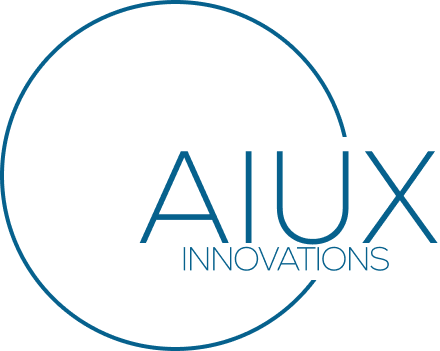We spend a lot of time in UX talking about interactions: the click, the swipe, the submit. But what about the space between them?
That quiet, uncertain moment between “I did something” and “something happened.”
That’s where most of the anxiety lives.
And yet, it’s often where the least design effort goes.
What Happens in the In-Between?
Whether you’re waiting for a transaction to process, a doctor’s portal to load, or a recruiter to respond to an application, UX isn’t just the action; it’s how you handle the wait.
If we design for trust, we must design for uncertainty.
Great UX builds confidence during:
- Loading states (check out Nielsen Norman Group’s take on microinteractions)
- Progressive disclosure (let me do what I can now)
- Status updates that don’t feel like apologies
Some of the best designs I’ve seen lately are those that don’t panic when the user does.
Related Reads
- “The UX of Waiting” by UX Collective
- “The State of UX in 2024” – Note how many trends are rooted in emotional clarity, not just visual delight
- “Designing for Trust” – Still essential reading
UX Ramble Thought of the Week:
Clarity is not the same as speed.
Slowing down the experience with intention might just be what creates emotional safety.
So my challenge this week is this:
Where in your product is the user waiting?
And what does the silence feel like?
Is it confidence-building? Or is it a void?
Let’s design the in-between like it matters.
Because it does.
Ramble #5 is part of Everything UX: a weekly reflection on the weird, messy, meaningful parts of design that don’t always make it into case studies.
Let me know what you’re waiting on. I might make it next week’s topic.
#EverythingUX #UXDesign #MicroUX #UXStrategy #ProductDesign #DesignLeadership #DesignForTrust #OpenToWork #UserExperienceMatters
@figma @adobe @invisionapp @airbnb @dropboxdesign @stripe
@google @spotifydesign @meta @apple @intercom
@typeform @notionhq @microsoftdesign @uxcollective
@nngroup @ideou @zocdoc @calm @verizon @intuit
